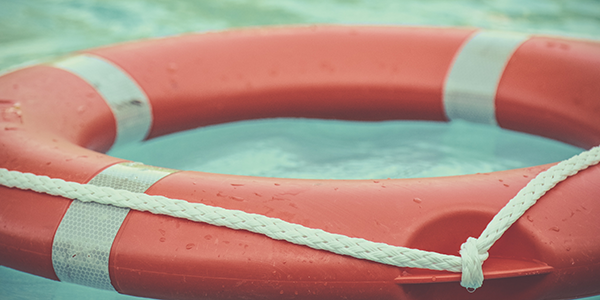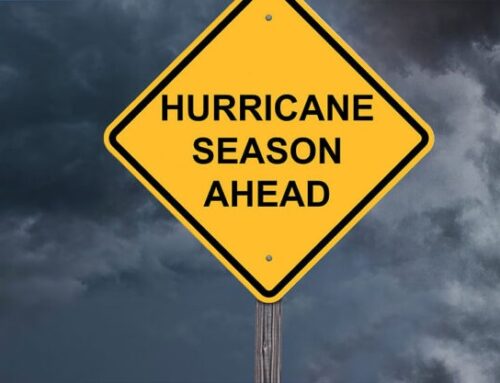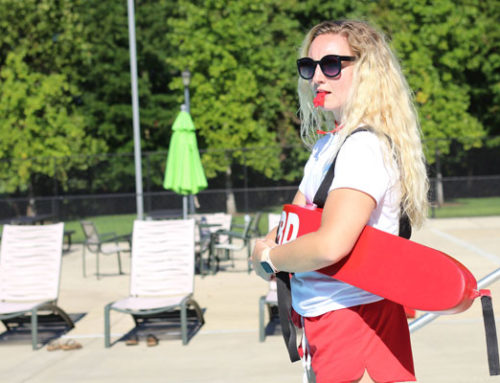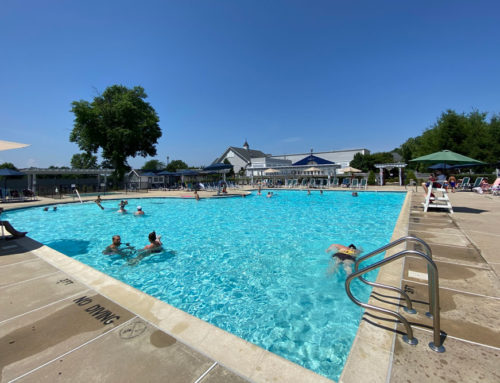
To the untrained eye, there is rarely any visible warning that someone is drowning. It doesn’t happen like it does in the movies. There’s rarely all the splashing around and yelling that Hollywood makes it out to be to maximize dramatic impact. But if you can take a few moments to learn the subtle signals of drowning, you will be in a better position to stop a tragedy.
According to the National Safety Council, about 10 people drown in the United States every day (not including boating accidents). But the truth is that mere seconds can save a drowner’s life. Here are some tips on how you can take back control in this emergency situation.
The Science Behind Drowning
Drowning occurs when the respiratory system is impaired by the submersion or immersion in liquid. This is a chain reaction of events that increasingly lead to more critical scenarios:
- Water ingestion or aspiration occurs when the subject inhales water into their lungs.- this causes involuntary breath-holding and then laryngospasm (a sudden closure of the larynx or windpipe). When this occurs, air cannot reach the lungs.
- Hypoxia, a type of respiratory failure, is a distressed state when there’s an insufficient supply of oxygen to the body. Once the inhaled water reaches the lower airway, the subject will be unable to breathe on his or her own, resulting in unconsciousness. If left untreated, this may cause severe brain damage and, finally …
- Cardiac arrest, which happens when the heart muscles stop pumping blood and cease function, leaving no supply of blood or oxygen to the brain.
Prevent Drowning Before it Happens
A bit of education and preparation go a long way. No one wants to be involved in a drowning situation, so here are some ways you can help reduce the risk to you, your child, and community:
- Learn to swim. Not knowing how to swim is the No. 1 cause of drowning. Look out for swimming lessons and register you or your child as soon as possible if and when they are available. Adult lessons are available as well.
- Never leave a child unattended, even if they are strong swimmers. There’s no substitute for adult supervision.
- Anyone who can’t swim should wear a life jacket at the pool. A supervising adult should always see that non-swimmers wear properly fitted U.S. Coast Guard-approved Personal Flotation Devices (PFD), both in and around the pool.
- Keep lifesaving equipment poolside. You don’t want to go looking for a buoy when you need it. Keep it ready and visibly available at all times.
- Only swim near a lifeguard, or in designated swim areas.
- Always keep a phone nearby the pool. If something does happen, you’ll be able to call 911 immediately.
- Check the pool first if a child is missing. The short time it takes to do this could save a life.
- Keep the pool area gated. All pools need code-compliant fencing or barriers in place to prevent people from wandering into the pool area unsupervised.
- Keep the pool covered when not in use. The cover should be secured to the deck, or electronically powered. Solar covers won’t suffice for this.
- Know the location and availability of an Automated External Defibrillator ( AED )
How to Spot a Distressed or Drowning Swimmer
Even if you’ve done all of the above (and then some), there’s no guarantee that a drowning situation won’t occur. That being said, knowing the signs will help you spot someone in distress.
The American Red Cross classifies three potential drowning scenarios:
Distressed swimmers are able to support themselves in the water. They’ll be able to breathe, wave, and call for help.
If not helped quickly, a distressed swimmer may become an active drowner. These subjects most often appear:
- Vertical in the water
- Head tilted back in an attempt to breathe above water
- Arms pressed down at the side in an attempt to tread water and remain above the surface
Active drowners become passive drowners when they no longer have the ability to keep their head above water, and hypoxia begins to onset. A passive drowner may appear:
- Vertical in the water
- Arms extended laterally
- Head floating in the water, likely face down
If any of these scenarios look likely, it’s time to act! Your next steps will be dictated by your training and ability. Most people are capable of calling 911 and calling for a lifeguard to intervene.
How to Respond to a Drowning Emergency
It can take less than a minute to begin drowning, and even faster for children. Here’s the silver lining: A subject has a good chance of survival if you can reach and assist them before or in the early stages of respiratory failure. The emergency is primarily respiratory, so the priority should be to clear the airway and provide ventilations.
A lifeguard, EMT, or other emergency personnel are professionally trained in CPR. As a result, you should trust them to safely and quickly respond to these situations. You should always call 911 as soon as possible.
If you aren’t yet certified in CPR and are interested in learning, the American Red Cross offers valuable training that will serve you for a lifetime. Even after training, you should keep the Red Cross’s step-by-step CPR instructions nearby so you always have a reference handy.
—
A drowning situation is scary, but knowing what to do in a matter of seconds could mean the difference between life and death. But if everyone around your pool — most importantly, children — understands the risks and takes them seriously, everyone can have a fun and safe summer.





